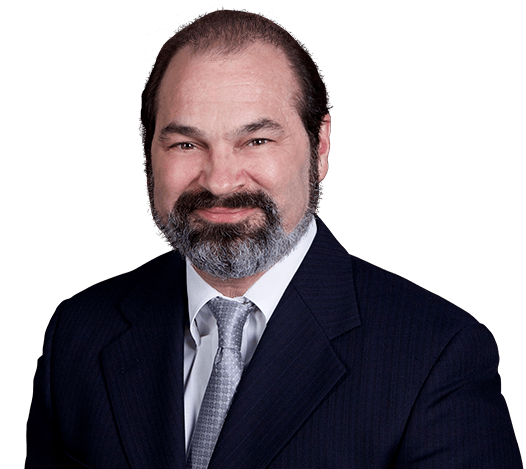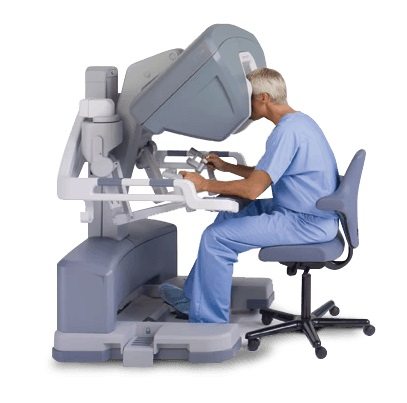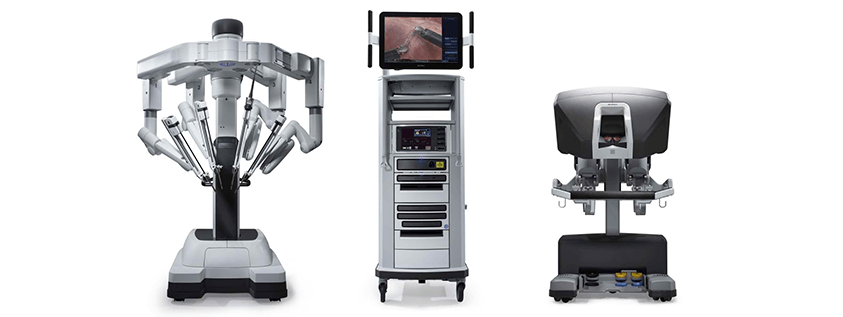Dr Brian Harkins Robotic Hernia Repair
Understanding the Evolution to Robotic Hernia Surgery
For centuries, the medical world has grappled with hernias, which manifest when an organ or tissue moves through a soft spot in our muscle or connective tissue. Even though the established methods to treat them work, they typically necessitate invasive operations and extensive recovery phases. With the relentless progress in medical science, we now have robotic hernia surgery, a forward-thinking technique championed by experts, including Dr. Brian Harkins. This approach takes full advantage of the impeccable accuracy and flexibility inherent in robotic instruments, presenting a transformative remedy for hernia issues.
Dr Brian Harkins Robotic Hernia Repair

